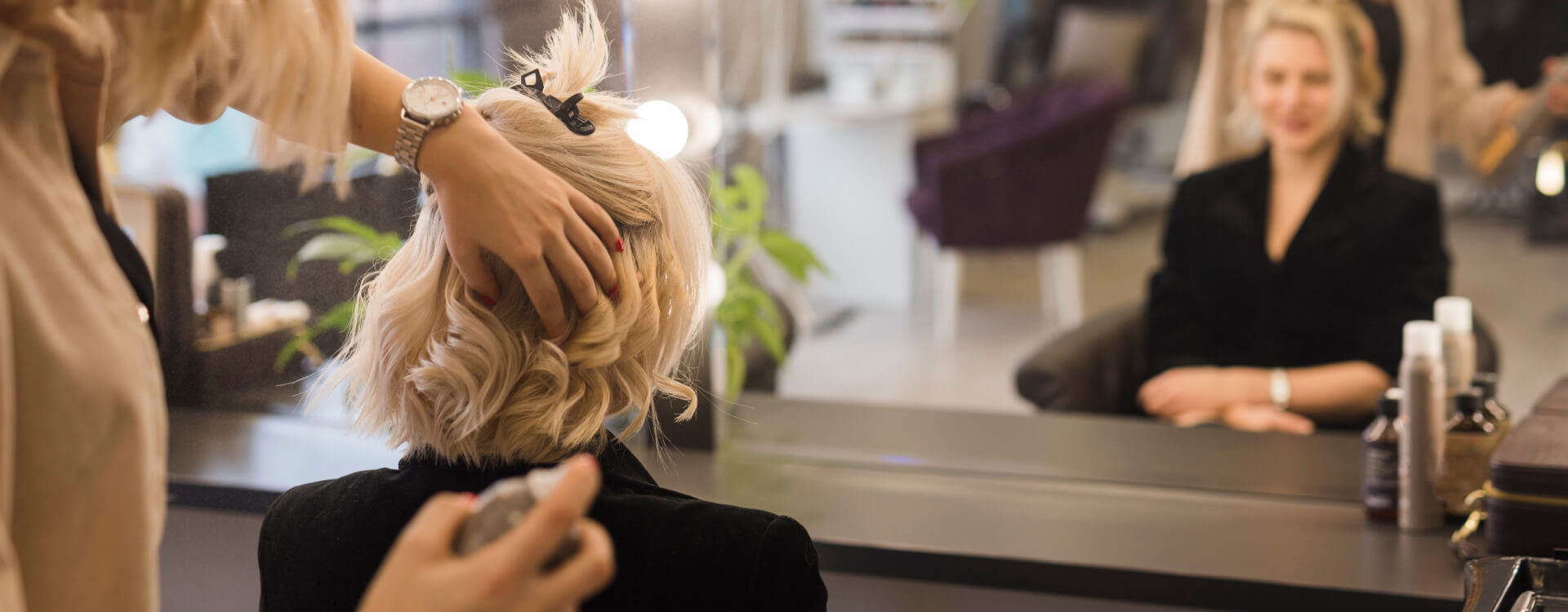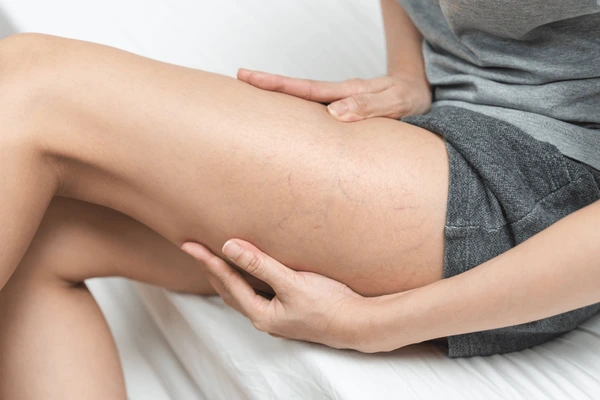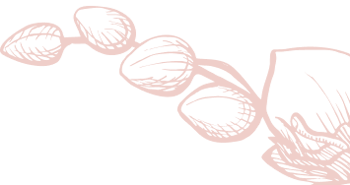Overview
Due to vascular deterioration or weakening, spider veins and varicose veins develop. Although larger varicose veins are more common, both are visually noticeable.
Spider veins can be blue, purple, or red. They may appear in the form of thin lines, webs, or branches. People sometimes also refer to them as thread veins. Typically, they are not painful or harmfulTrusted Source, but some people may wish to treat them for cosmetic reasons.
A range of treatment options can remove spider veins or reduce their appearance.
Dr. Asma, regarded as the best dermatologist in Lucknow, specializes in safe and effective spider veins treatment. These small, visible veins are corrected using advanced options like laser therapy and sclerotherapy, which improve circulation and restore clear skin appearance. With expert care, patients experience smoother, vein-free skin, long-lasting relief, and renewed confidence in their overall look.
Causes:
You may be at risk for developing varicose and spider veins due to a variety of factors. These consist of:
-
Heredity
-
Jobs that require a lot of standing, such those of a nurse, hairdresser, teacher, or factory worker
-
Obesity
-
Hormonal influences of pregnancy, puberty, and menopause
-
The use of birth control pills
-
Postmenopausal hormone replacement
-
A history of blood clots
-
Conditions like tumours, constipation, and externally worn clothing like girdles that raise pressure in the abdomen
Symptoms of Spider Veins
Venous insufficiency, which has several manifestations including spider veins and varicose veins, is a medical ailment. The valves in the leg veins that control blood flow are weak or broken in both situations. But the signs of the two problems are distinct. reliable source
Small, thin lines that may be flat or slightly elevated are the characteristic shape of spider veins. Frequently, they are red, blue, or purple. Despite the possibility of minor discomfort, they are mostly painless.br>
Varicose veins are larger and deeper than spider veins. They may appear lumpy or twisted.
Depending on their severity, varicose veins can cause a variety of symptoms. These may include:
-
pain
-
itching
-
bleeding
-
swelling of the legs or ankles
-
an achy or heavy feeling in the legs
A person with varicose veins may also be at an increased risk for blood clots and circulation issues.
Treatment
To treat a range of skin and vascular problems, intense pulse light therapy (IPL) uses a spectrum of light that is shone onto the skin. IPL emits a focused burst of light that affects blood vessel walls by heating them and reducing veins along their path. The abnormally dilated arteries then eat away at the treated area, which is the only place that the IPL concentrates on. Once the targeted veins or lesions are damaged by heat, the body starts to mend itself. As often as every three weeks can be allowed between treatments. Some people have noticeable benefits after just two or three treatments, however others might need more. We recommend a series of five to six treatments for optimal results. In most cases, it is recommended to have follow-up treatments at least once a year to maintain the results of the procedure.


